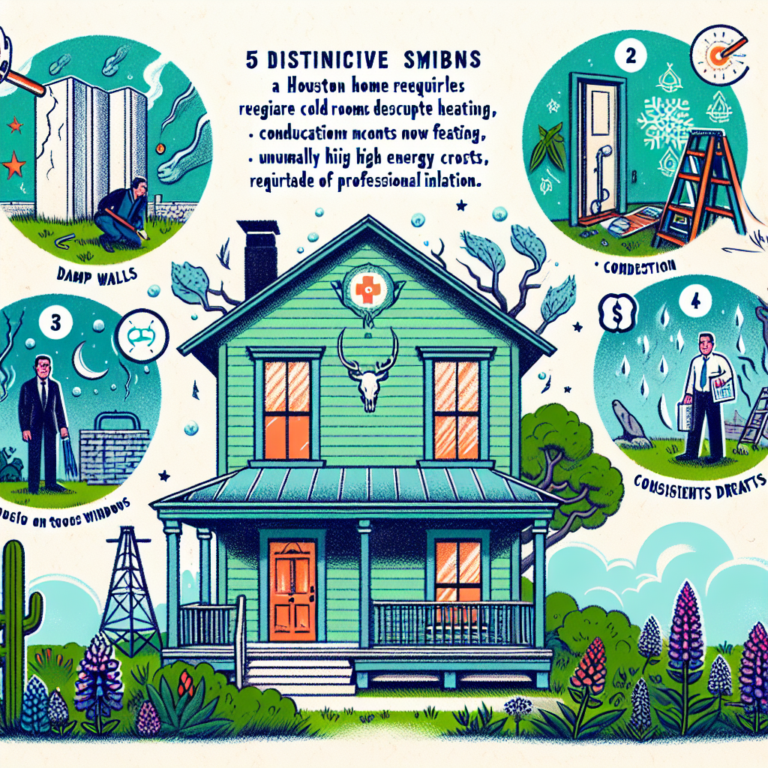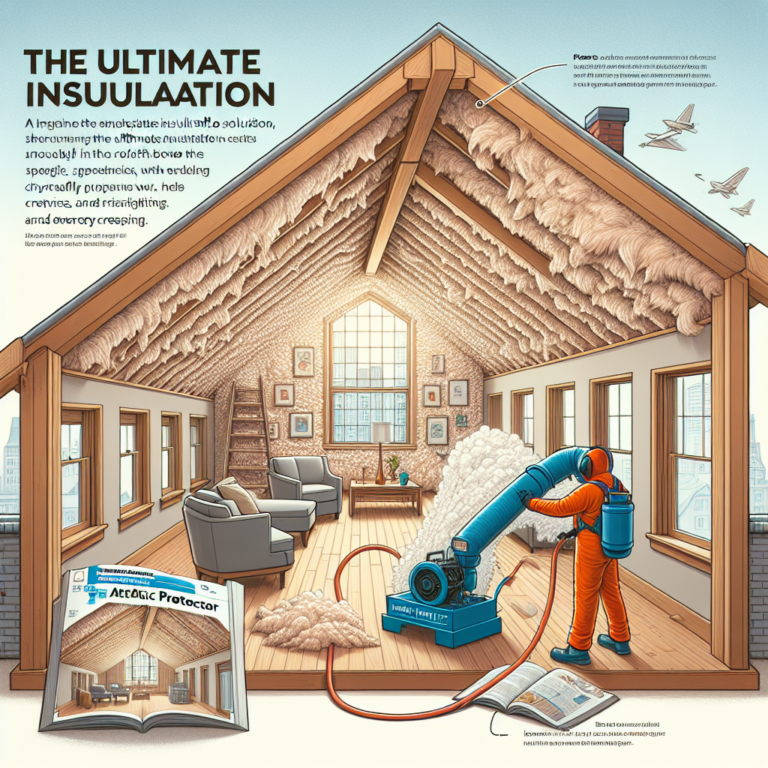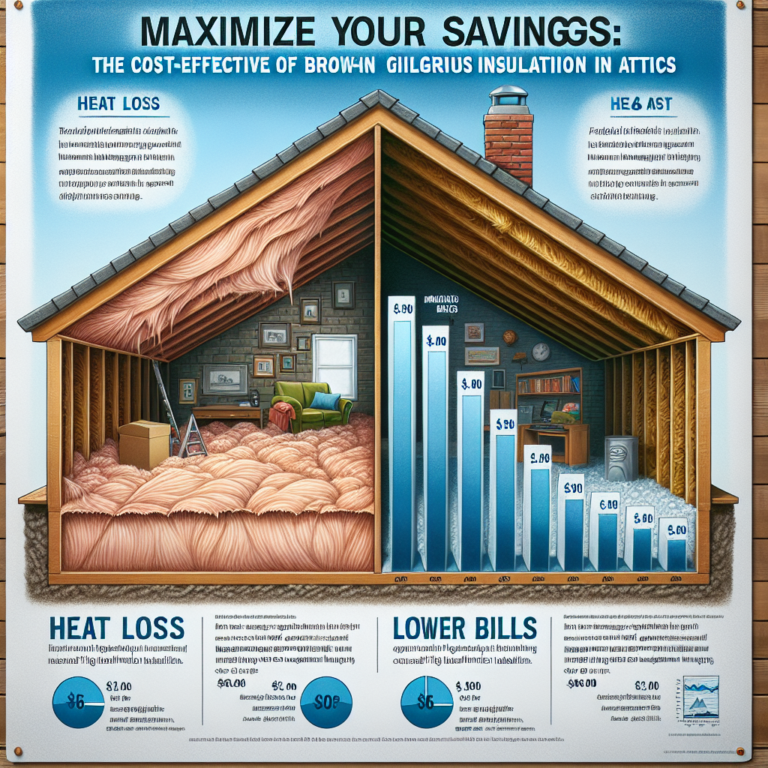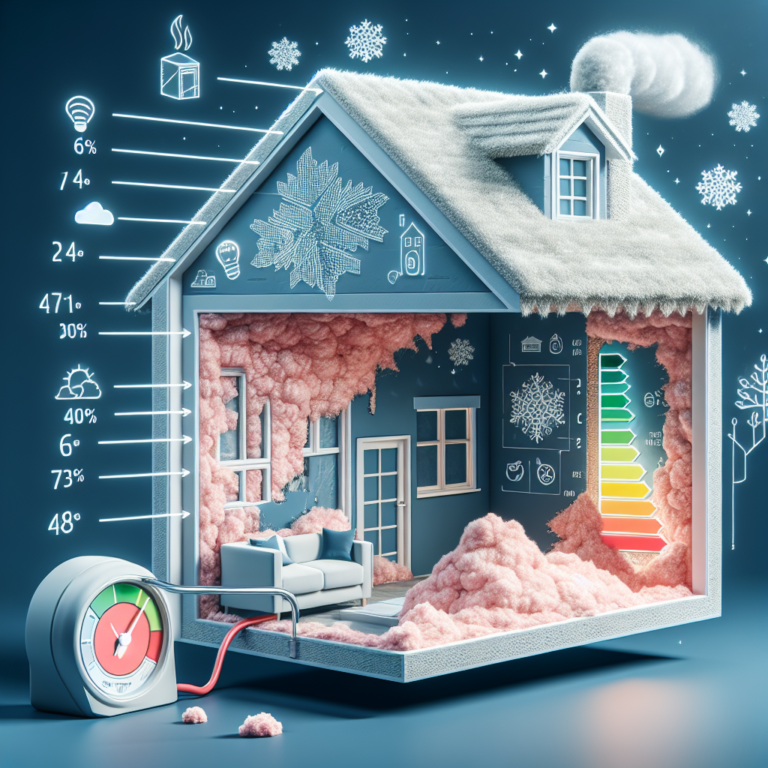Table of Contents
1. Introduction
2. The Benefits of R60 Blown In Insulation
3. The Process: Removing Old Insulation and Installing R60 Blown In Insulation
4. Signs It’s Time to Upgrade to R60 Blown In Insulation
5. Q&A
6. Conclusion
Introduction
Upgrading your home’s insulation can transform your living space, slash energy bills, and elevate comfort—especially when you choose R60 blown in insulation. Old blown-in insulation, popular in the 1970s and ’80s, degrades over time, settling into gaps and losing its insulating power. In contrast, modern R60 blown in insulation delivers superior thermal resistance, sealing out drafts and stabilizing indoor temperatures. In this guide, we’ll explore why saying goodbye to outdated insulation and embracing R60 blown in insulation is one of the smartest upgrades you can make.
H2: The Benefits of R60 Blown In Insulation
Improved Energy Efficiency
• High R-Value: With an R-value of 60, this insulation resists heat transfer far better than older materials.
• Lower Utility Bills: By reducing heat loss in winter and heat gain in summer, your HVAC system runs less often, cutting energy costs.
Enhanced Indoor Comfort
• Even Temperatures: Filling every nook and cranny means no more cold spots in winter or overheated rooms in summer.
• Quieter Home: The dense, fibrous composition also dampens noise from outside and between floors.
Health and Safety Advantages
• Asbestos-Free: Unlike some pre-1980s insulation, modern R60 options contain no harmful fibers.
• Mold Resistance: Certain blown fibers are treated to resist moisture and mold growth, improving indoor air quality.
Increased Property Value
• Energy-Smart Selling Point: Buyers value homes with top-tier insulation, which can boost resale appeal and price.
• Long-Term Investment: Durable materials maintain performance for decades, offering ongoing savings and value.
Environmental Impact
• Recycled Content: Many R60 products use recycled glass or paper, reducing landfill waste.
• Reduced Carbon Footprint: Lower energy consumption helps shrink your household’s environmental impact.
H2: The Process: Removing Old Insulation and Installing R60 Blown In Insulation
1. Assessment and Preparation
• Inspection: A professional examines your attic or walls for moisture, pests, or structural damage.
• Sealing Air Leaks: Prior to insulation, gaps around ducts, pipes, and wiring are caulked or foamed to prevent drafts.
2. Removal of Old Blown-In Insulation
• Safety Gear: Technicians wear respirators, gloves, and protective clothing.
• Vacuum Extraction: Specialized HEPA-equipped vacuums suck out loose fibers, ensuring thorough cleanup.
3. Installing R60 Blown In Insulation
• Precision Blowing: Using a blow machine, installers evenly distribute insulation to the specified depth.
• Layering Technique: Insulation is applied in two passes—first perpendicular to joists, then parallel—to eliminate voids.
• Final Inspection: A quality check ensures full coverage and correct thickness for maximum R-value.
H2: Signs It’s Time to Upgrade to R60 Blown In Insulation
Rising Energy Bills
• If your monthly heating or cooling costs have climbed without a change in usage, settling or degraded insulation may be the culprit.
Uneven Home Temperatures
• Noticeable hot or cold spots, especially in attic-adjacent rooms, suggest gaps in your current insulation.
Visible Damage or Contamination
• Mold, moisture stains, or pest droppings in your attic signal that old insulation may be compromised and harboring hazards.
Allergy or Respiratory Issues
• Increased dust, itchy eyes, or worsened asthma symptoms can stem from deteriorating insulation releasing particles into living spaces.
Aging Home
• Homes built before the 1980s often contain low-performance or asbestos-containing materials—upgrading reduces health risks and boosts efficiency.
H2: Q&A
Q1: Can I remove old blown-in insulation myself?
A1: While DIY removal is possible, it’s labor-intensive and risks spreading fibers. Hiring professionals ensures safe extraction and proper disposal.
Q2: How long does R60 blown in insulation last?
A2: With no settling or moisture damage, R60 blown in insulation can maintain its R-value for 20–30 years or more.
Q3: What’s the cost to upgrade to R60 blown in insulation?
A3: Prices vary by region and attic size, but homeowners typically invest $1,500–$4,000. Energy savings often offset this in just a few years.
Conclusion
Revamping your home with R60 blown in insulation is a powerful way to enhance comfort, cut energy bills, and safeguard your family’s health. By replacing outdated, settled insulation with high-performance R60 material, you’ll enjoy year-round temperature control, quieter living spaces, and a greener footprint. If you’re ready to say goodbye to inefficiency and embrace the benefits of R60 blown in insulation, consult a trusted insulation professional today—and start reaping the rewards of a cozier, more energy-smart home.














